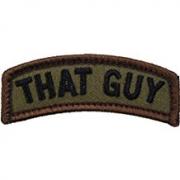Had a discussion during a reload/rehydrate break today. For those that know, please inform.
1. What are combat sights? How does one employ them properly?
2. What are target sights? How does one employ them properly?
3. How does one know whether he/she has combat/target sights?
4. What are some physical characteristics to use as a guide?
Thanks in advance!




 Reply With Quote
Reply With Quote





